The area around Fifth Street and Wayne Ave has seen tremendous change over the years. Once a dense neighborhood commercial district that extended far in all four directions, today we still can enjoy well-preserved Fifth Street in the Oregon District to the west.
But head any other way and you’ll find that many of the structures were cleared out during urban renewal. One notable exception, however, is a small pocket of buildings that survives on Wayne Ave just a block or two south of Fifth.
We’ll look at the history of two of these structures, at 436-438 Wayne and 502-04 Wayne, including what they once were but also how they related to the context of the rest of the now mostly lost street.
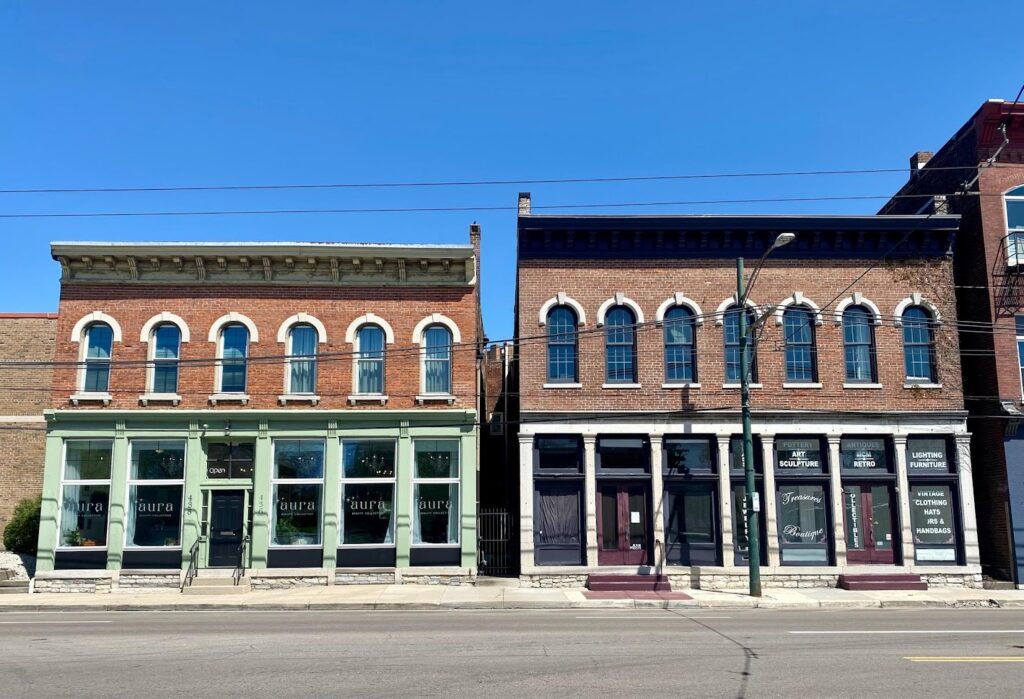
The building at 502-04 Wayne was built sometime in the 1880s or earlier. In 1889 it was described as “one of the best and most substantially built brick buildings on the avenue, having two large, well ventilated store rooms on the first floor, and the second story being handsomely fitted up and arranged for dwelling rooms” (Dayton Herald).
Its location was lauded as “superb, being only two squares south of Fifth street and located immediately opposite Cass street, which makes it very desirable for business purposes.” Today the location is a bit less desirable due to being a block north of highway 35 while behind it the Haymarket neighborhood which once supplied steady foot traffic is now cleared out land with no through access.
In the 1910s and 20s it was the Central Coal and Feed Co which sold poultry, horse and dairy feeds. In 1920 a cracked corn poultry feed cost $3.85 for a 100-lb bag, while a 100-lb bag of clover hay set you back $2.25. By 1950, the building was occupied by the Horstman Printing Co, which in 1973 sold it to The Multimedia Group.
The building at 436-438 Wayne also dates to the 1880s or earlier and had a variety of tenants in its early years. It originally housed a grocery store owned by George P. Deis, who sold it in August 1887 (Dayton Herald). In 1896, it was Howald’s Bakery. By 1908, the Dayton Biscuit Company operated out of the building. One of its signature products was Royal Butter Crackers sold in solid tin cans. By 1922, 436-38 Wayne was the Royal Remedy and Extract Company and as of the 1940s it had become Dayton Food Products. In 1950, it specialized in wholesale baking and restaurant supplies.
In more recent years, 436-438 Wayne was Reza’s coffee shop and after that closed it was replaced by Aura Beauty Collective. It does not appear anything is currently occupying 502 Wayne while the antique shop in 504 is open by appointment only.
These two structures alone tell a wide-ranging story of Dayton’s commercial past, but today it’s hard to imagine the cumulative impact of a street context where buildings like this stretched as far as the eye could see and connected the surrounding neighborhoods into a cohesive community. Fortunately, we have some recollections of this long-lost street.
In the 1960s, a retired businessman recalled the old days of Wayne Ave, which he called “one of the finest streets in town,” by reciting a lengthy list* of all the eclectic shops you would find walking down it, which included Joseph Osterday’s saddlery, Ben Westbrock’s undertaking parlor, Poeppelmeier’s paint store, and “Ernest Mohl’s grocery with its cage full of live turtles.”
The businessman, William Deis, attended school at Holy Trinity (the church being the only survivor of the Haymarket neighborhood urban renewal) and described the experience of heading down Wayne Ave as a kid after school:
“Every day when school was out, Father Francis Goetz, who had been waiting outside, would toss a handful of pennies into the crowd. The lucky boys who found the pennies headed for Saum’s candy shop. He kept a bucket of broken candy with a lid that had a hole in its center just large enough for a boy’s hand to slip through. For a penny a boy could have all the candy he could hold in his fist and still get it out through the hole. Eating the candy, the boys sauntered down to Sing Lee’s Chinese laundry for a while. Then they leapfrogged their way south on Wayne over every hitching post all the way down to Oak St. Sometimes when a horse car came along, the boys hitched rides on the rear end unless the driver, Jake Wooster, came through the car with a black snake whip in his hand” (“Memories of Wayne never Wane” Dayton Daily News, 10/17/61).
The path these schoolchildren walked down Wayne Ave is best recalled by historic maps that show the density and cohesion of the neighborhood.
An 1898 map with 436-38 and 502-04 Wayne Ave circled:

A glimpse farther south with the location of the two buildings again circled:

Compare to a current rotated Google Maps view with the buildings circled:
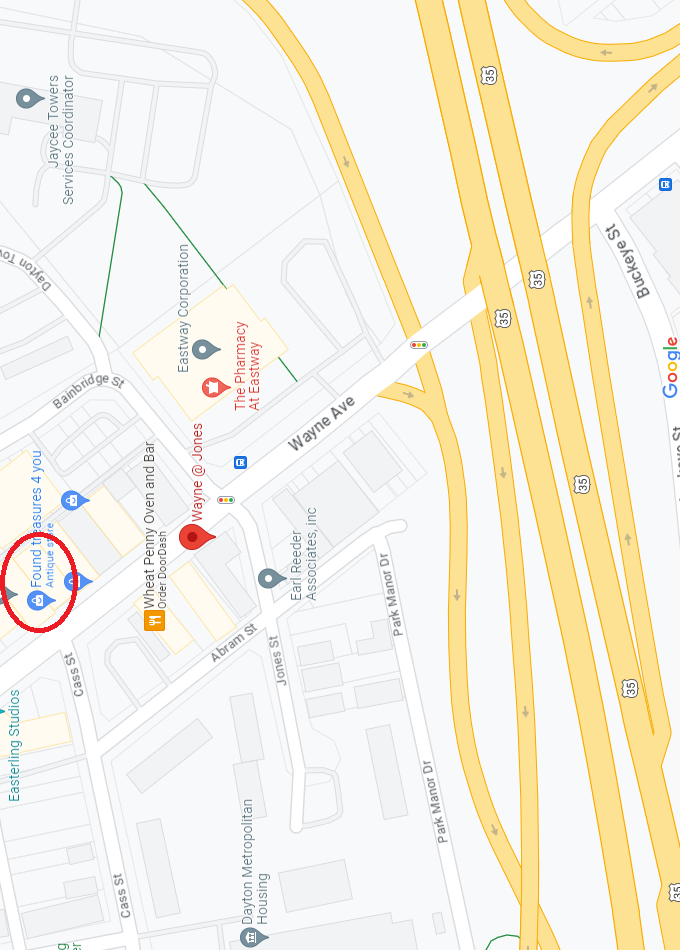
The image below depicts Wayne Ave just a block south from Jones Street, at about where today’s Park Manor Drive would hit Wayne Ave right by the highway entrance:
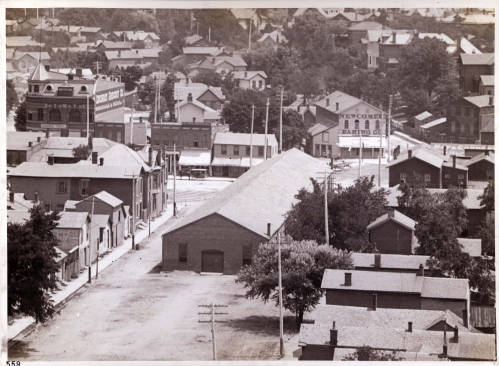
* The full list of businesses from William Deis’s recollection: “John D. Whitmore had a coal yard at 104. At 255 was the blacksmith shop of Joseph A. Klump. At 307 George Grabedinkel had a hardware store; John Deis had a liquor store at 320. Going on up Wayne one passed the shop of William Woste, tailor. Joseph Osterday’s saddlery, the drug store of John Dietz, Ben Westbrock’s undertaking parlor, and Frank Pfeiffer’s dry goods shop. Then came Peter Merz’s saddlery, Edward Zahn’s shoe shop, Poeppelmeier’s paint store, and Ernest Mohl’s grocery with its cage full of live turtles. Farther up were the drug story of Weis and Son, another undertaking establishment, Meyer and Riehl, William F. Oelman’s dry goods shop, Dan Lorenz’s grocery, Cather’s blacksmith shop, Loges and Lentz’s wholesale notions, Billett’s shoes, Peter Mays’ grocery, a stone yard, a wagon shop, and Eberly’s gardens where German families of the community used to hold picnics.”

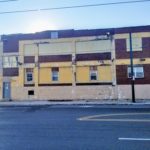

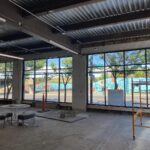
Leave a Reply